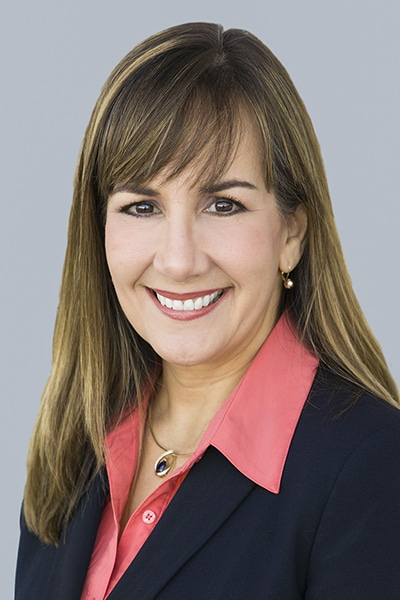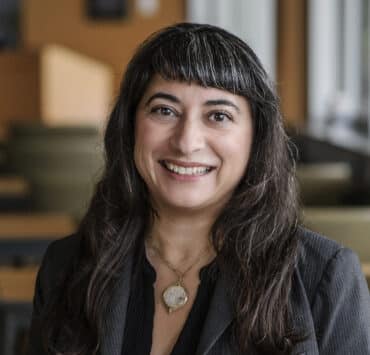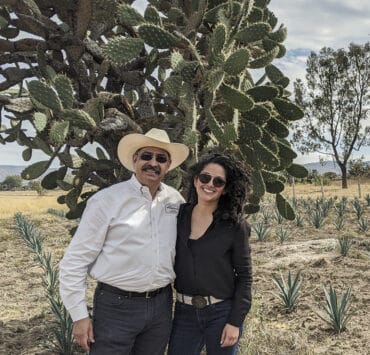|
Getting your Trinity Audio player ready...
|
In recent years, diversity and inclusion (D&I) has become a focal point for both the workplace and broader societal discourse. Organizations across the country have begun investing in cultures that focus on belonging and working to ensure that their employees truly feel included. But these are not new concepts. Monica Diaz, associate vice president of talent, engagement, diversity, and inclusion at global cruise line operator Royal Caribbean Group, has been advocating for their importance since 2005. She spoke with Hispanic Executive to discuss the evolution in corporate America’s perspective on D&I, the changes she’s seen in her own career journey, and her advice to leaders looking to make their organizations stand out in the best way possible.

Tell me a bit about your journey to your current role at Royal Caribbean Group.
I have been part of a phenomenal journey of understanding. For over thirty years, I have had the honor and pleasure of enabling people’s career success. Half of that time, I worked on a broad range of human resources roles. The other half has been dedicated to the corporate practice of diversity and inclusion. This humbling experience has led me to partner with people around the world, in a variety of industries—pharmaceuticals, technology, sports media, consumer products, and healthcare. During this time, I also established my own consulting practice and became an author in diversity and inclusion.
My first business memoir was published in September 2020, right before I joined Royal Caribbean Group. At Royal, I am responsible for an end-to-end employee experience as leader of global talent, engagement, diversity, and inclusion. What is most exciting about this new role is the opportunity to bring together every year of experience I’ve had. And because this is a new industry for me, it is exhilarating to keep learning to the same extent that I can contribute.
What drew you to the HR field in general and to D&I roles specifically?
When I was fifteen years old, someone said to me that I was the psychologist that took good care of my friends. My career in HR was a natural progression of that devotion to understanding what makes people successful—in whatever way they define success for themselves. For some people, this means continuous career advancement and progression. For others, it means they follow a different path to reach other ambitions at certain points in their lives.
The specialization in D&I was a very conscious decision, and I must say an unpopular one at the time. My motivation to understand human differences was driven by pivotal career experiences. Some of those experiences had a personal impact. For example, when I was asked to “work on my accent” to continue experiencing career growth, or the times I’ve been asked if I realize that “leaders don’t typically look like me.” I felt compelled to understand and even reframe those experiences, to instill confidence in myself and others that would lead to a positive career impact.
How would you describe corporate D&I efforts when you first stepped into that function, and how would you describe them today?
The concepts, the practice, and the expectations about this work have evolved in many ways. It has become more complex, more nuanced. Years ago, in the US, we talked about diversity—only diversity. Years later, we added discussions about inclusion, then belonging, and now equity.
We used to focus on the business case, on learning programs and metrics, and while we still do so, the practice of this work has become more personal, more customized. New generations in the workforce expect and demand a focus on their individuality, on the many dimensions of who they are. They do not “check a box” on the traditional ways in which society intends to describe who they are. This means we must get comfortable with conversations about gender neutrality, families of mixed race/ethnicity, neurodiversity, and respectful discussions about religious and political beliefs.
How has your personal perspective on D&I work evolved over the years?
This work is not merely a job you do; it is a transformative experience that makes you examine your thoughts in a very critical way. My perspective about the work has changed, starting with the clear conviction that before we can understand others, we must first have a deeper understanding of ourselves. Not everyone wants to do this, to challenge their own thinking or allow others to challenge it. For example, it is quite common for leaders to say, “Tell me what I need to do” to make things better for people. I have shifted the tendency to answer that request and instead encourage leaders to ask themselves, “What do I need to learn” to make things better for people.
When addressing human differences, it is important to remember we cannot turn away from uncomfortable or unpopular reactions about our differences. This is not easy, but it is necessary. Our goal should not be to change people’s beliefs but to understand how those beliefs were formed and encourage them to explore other points of view, in life and at work. This is a more effective way to create deep understanding and meaningful change.
What inspired you to write your book, From INTENT to IMPACT: The Five Dualities of Diversity and Inclusion, and what do you hope to achieve by writing it?
I wrote the book out of necessity—a deep necessity to share what I have learned about what works best and what does not work well in addressing human differences. I felt the compelling need to openly discuss the fears and challenges that most people find difficult to talk about. I wanted to address how diversity numbers can sometimes be deceiving and create an “illusion” of diversity that masks a deeper reality of inequity.
But most of all, I wanted to describe the human similarities that create connection and comfort, as well as the differences that expand our thinking and modify our behaviors. My book is a business memoir that captures years of learning (and more than eight years of note-taking). I summarized those experiences in five dualities that every leader should understand to effectively lead across human differences. Through insights, research, and practical recommendations, I offer leaders a different approach to creating more collaborative and inclusive environments that differentiate the best from the rest of places to work.

